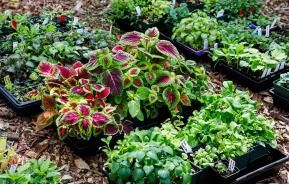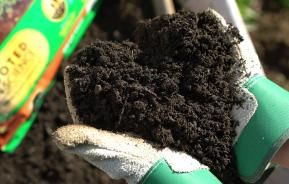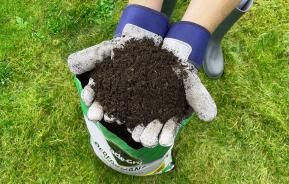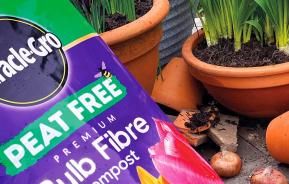Hydrangeas have a romantic elegance reminiscent of times gone by, and with their large, long- flowering blooms and diverse colours, they are plants that will add a lot to your garden. Some will flower from summer right through to autumn and some of them are well known for their ability to change colour according to the acidity levels of the soil and have become a big favourite across gardens in the U.K.
But whether it’s the pink, blue, mauve or white flowers you prefer, or the climbing or shrub varieties, hydrangeas are another one of our all-time favourites here at Love The Garden.
Choosing Your Hydrangea And Where To Plant Them
As you’d expect, there are many different varieties of hydrangea with some of the most common being the Bigleaf. The Mophead and the Lacecap are both Bigleaf varieties which you may have come across or heard of and these types are the ones known for changing colour. Other varieties include the Climbing Hydrangea and before you start planting, it’s well worthwhile spending a little time getting to know the different varieties and what they like in terms of growing conditions.
Most hydrangeas prefer morning sunlight and light shade in the afternoon but some will tolerate more shade. Bear in mind that if your soil has a pH of less than 5.5 you’re likely to get blue blooms so you may need to re-address the acidity levels in your garden if that’s not what you are after. But if it is blue blooms that are your heart’s desire, even with the right acidity you may still need to add a bluing agent to ensure you get the blooms you’re after.
As always when choosing a spot, make sure you have prepared your soil well in advance, adding plenty of compost and making sure that it’s well-drained and moisture-retaining. If your soil is sandy you’ll need to add plenty of well-rotted manure or peat.
Caring For Your Hydrangeas
For the first couple of years and certainly during a dry spell your hydrangeas are going to need plenty of water and you’ll see them wilt if they are too dry. Hydrangeas tend to struggle in gardens with a poor quality of the soil. With this in mind, you may also need to feed your plants once a year in winter or early spring and apply mulch in the autumn. Make sure you never overfeed your plants though.
Pruning Your Hydrangeas
Pruning hydrangeas seem to attract controversy and to get it right you do need to make sure you know what variety you have. With Mopheads, you should wait until late winter or early spring before deadheading the flowers and cutting back to the new bud. This is because the dead flowers protect the buds for next year’s flowers. Lacecaps however, can be cut back after flowering as can climbing varieties.
Once your hydrangea is well established, pruning back the older shoots will help encourage new growth. If you find your hydrangea has got rather straggly and is producing smaller flowers, cut it all hardback to about 15 cm above the base. But remember, it will take a while for your hydrangea to flower after this kind of pruning as they flower on a second year’s growth.
Can I Grow Hydrangeas In A Container?
It is possible to grow hydrangeas in containers although some varieties will do better than others they are going to need a little more care. The main to thing to remember with your pot grown hydrangea is that you are going to have to check the soil daily to make sure it remains moist and not too dry.
You’ll need to feed them probably once or twice a year but no more as overfeeding can be damaging. You’ll probably need to repot your hydrangea every year or two as they can outgrow a container quite fast.
Many of us have childhood memories of a grandparent growing hydrangeas or a special place where we remember them in bloom. Perhaps you’ve been stopped in your tracks by a stunning display of their wonderful flowers? We’d love to hear about your memories or see any photos you have. Share it with us on our social media sites. We look forward to seeing some of your blooms.








